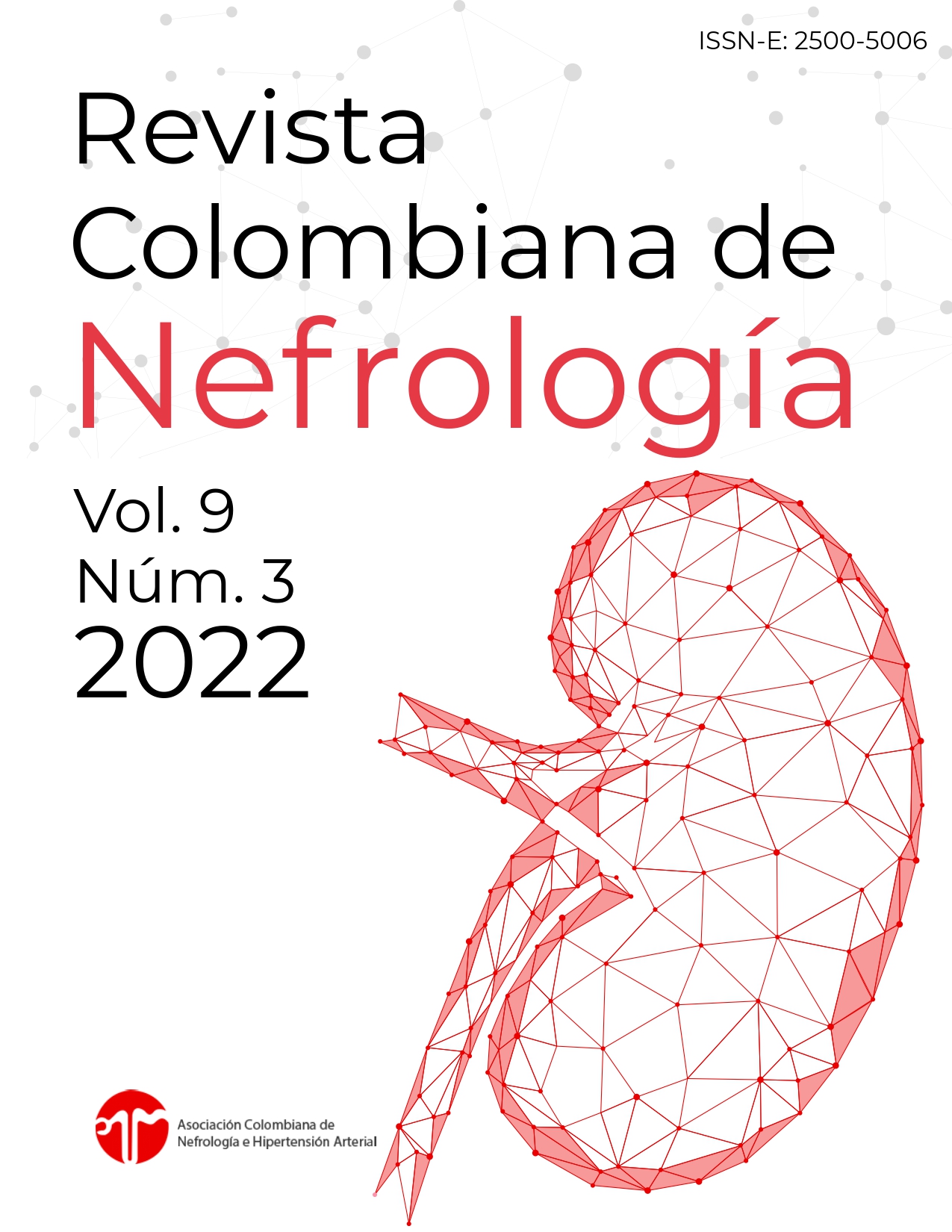Abstract
Background: Purple urine syndrome is a rare clinical presentation in the emergency room, characterized by abnormal colouration of the urine secondary to a chemical reaction of some pathogens that cause urinary tract infection, being more frequent in patients with multiple comorbidities and different risk factor's.
Purpose: The objective of the article is present the case of a patient with atypical symptoms of urinary tract infection.
Clinical case: An 88-year-old male, with a history of non-insulin diabetes mellitus, benign prostatic hyperplasia, who was admitted to the emergency room due to irritative urinary symptoms associated with the use of a urinary catheter, with purple urine in a collection bag. Urine culture reported the presence of multisensitive Proteus vulgaris, for which it was decided to give treatment with Cefepime 1 g every 8 hours, with which it was obtained with adequate clinical evolution.
Conclusions: Purple urine bag syndrome is an atypical but very striking clinical presentation of urinary tract infection. This is generated as a result of the conversion of tryptophan in the diet into indoxyl sulfate, which, once it is eliminated in the urine, transforms into indigo (purple color) and indirubin (red color), giving this clinical appearance.
References
Fernández de Orueta L, Esteban-Fernández J, Pérez-Caballero G, Melero-Bermejo JA, Regajo-Gallego R, Martínez-Carrilero J. Orina púrpura. Rev Nefrol. 2011;31(4):379-504. https://doi.org/10.3265/Nefrologia.pre2011.May.10868
Benavides H, Vargas L, Rozo E. Síndrome de la bolsa de orina púrpura. Med Intensiv. 2019;46(2):119. https://doi.org/10.1016/J.MEDIN.2019.11.005
Iglesias-Barreira R, Albiñana-Pérez S, Rodríguez-Penín I, Bilbao-Salcedo J. Síndrome de la bolsa de orina púrpura en dos pacientes institucionalizados. Rev Esp Ger Gerontol. 2013;48(1):45-7. https://doi.org/10.1016/j.regg.2012.09.004
Magallanes J, Notario-Barbab V. Síndrome de orina púrpura. Rev Clin Med Fam. 2017;10(3):205-7. https://scielo.isciii.es/pdf/albacete/v10n3/1699-695X-albacete-10-03-205.pdf
Fernández-Casteleiro E, Romero-Cabrera ÁJ, Quintana-López B. Síndrome de la bolsa de orina púrpura: presentación de un caso. MediSur. 2016;14(1).
Sosa-Pérez F, Gallo-Domínguez R, Verdugo-Espinosa E, Hernández D, Nuño O, Sterzik H, et al. Síndrome de la bolsa de orina púrpura. Canarias Med Quir. 2012. https://webcache.googleusercontent.com/search?q=cache:7-KqJn78THUJ:https://accedacris.ulpgc.es/bitstream/10553/7907/2/0514198_00027_0008.pdf&cd=1&hl=es-419&ct=clnk&gl=co
Chassin-Trubert C. Síndrome de la bolsa de orina púrpura: un fenómeno inusual y muy llamativo. Rev Med Chile. 2014;142:1482-4. https://doi.org/10.4067/S0034-98872014001100018
Golzarri MF, Hernaiz-Leonardo JC, Díaz-González A, Velázquez-Acosta C, Vilar-Compte D. Síndrome de la bolsa de orina morada (SBOM): una manifestación infrecuente de infección de vías urinarias (IVU). Gac Med Mex. 2017;153:273-5. https://www.anmm.org.mx/GMM/2017/n2/GMM_153_2017_2_273-275.pdf
Villarraga Márquez NJ, Franco Pineda SM, Guarín Loaiza GM, Jurado Bastidas S, Castillo Mercado JS. Síndrome de la bolsa de orina púrpura. 2021;8(1):e496. https://doi.org/10.22265/acnef.8.1.496
de Menezes-Neves PD, Coelho-Ferreira BM, Mohrbacher S, Renato-Chocair P, Cuvello-Neto AL. Purple urine bag syndrome: a colourful complication of urinary tract infection. Lancet Infect Dis. 2020;20(10):1215. https://doi.org/10.1016/S1473-3099(20)30323-6

This work is licensed under a Creative Commons Attribution-NonCommercial-NoDerivatives 4.0 International License.


